| Columns Retired Columns & Blogs |
Nice audio component,but very expensive.
I used Stereophile's loan sample of the top-of-the-line Audio Precision SYS2722 system (see www.ap.com and the January 2008 "As We See It) to measure the TAD C600. The maximum gain for balanced input and balanced output, with the volume control set to "90," was, at 12.25dB, slightly higher than the specified 12dB. For single-ended input/output, the maximum gain was 11.7 rather than 12dB. The volume control operated in accurate 1dB steps in normal mode; set to Fine, its steps were 0.5dB. The unity-gain setting was "78." Both balanced and unbalanced inputs preserved absolute polarity, the XLR jacks being wired with pin 2 hot.
The balanced input impedance was extremely high, at >200k ohms across the audioband. (My voltage-drop method of assessing input impedance, by changing the generator source impedance from 40 to 600 ohms, becomes increasingly inaccurate as the input impedance rises, hence my lack of precision here.) The unbalanced input impedance was 45k ohms at low and middle frequencies, dropping inconsequentially to 38k ohms at the top of the audioband. The output impedance at 1kHz and 20kHz was 325 ohms single-ended and 670 ohms balanced, rising at 320Hz to a very high 3155 ohms single-ended and 6827 ohms balanced. This meant that the low frequencies were severely rolled off into the worst-case load of 600 ohms (fig.1, cyan and magenta traces). To put this into perspective, this load is unrealistically low. The darTZeel monoblocks Michael Fremer used with the TAD for his listening have an input impedance of 46k ohms at 20Hz and 1kHz. The C600's high output impedance at 20Hz will roll off the low bass by just 0.5dB at 20Hz with the darTZeels, which should be aurally insignificant. The response is otherwise wide and flat, with superb matching between the channels. The traces in fig.1 were taken with the volume control at its maximum. At the unity-gain setting of the control, the –3dB point moved from 190 down to 60kHz, where it remained for lower settings. The output at 20kHz was down by just 0.4dB at unity gain and below.
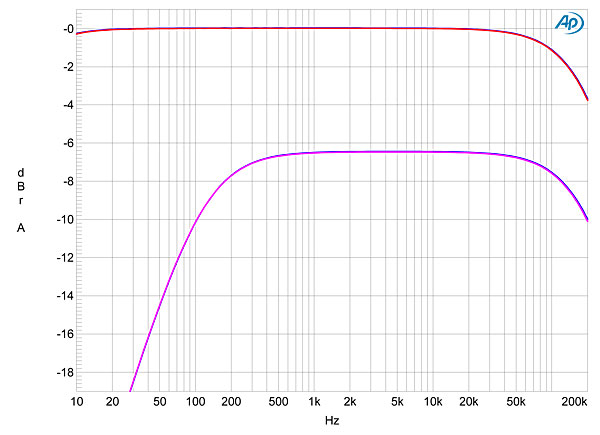
As expected from its physically dual-mono construction, the C600's channel separation was superb, at >130dB below 4kHz (not shown). The noise floor (fig.2) was also very low, and free from any power-supply–related spuriae. The unweighted, wideband signal/noise ratio, ref. 1V and taken with the input shorted but the volume control set to its maximum, was 88.2dB, this improving to 99.3dB with the measurement bandwidth restricted to the audioband, and to no less than 102.6dB when A-weighted.
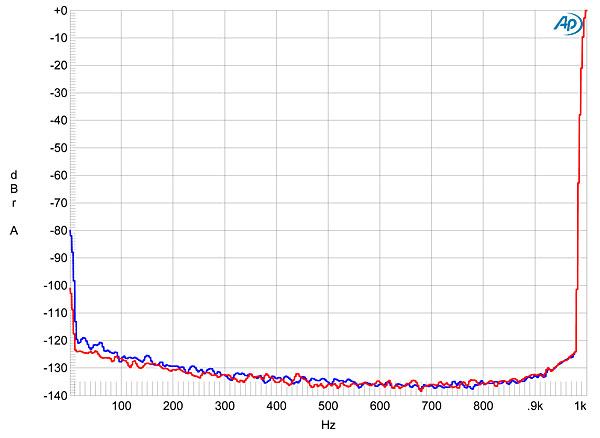
Fig.3 plots how the THD+noise percentage in the C600's output changed with balanced output voltage. The minimum value at 3V suggests that this is where the actual distortion starts to rise out of the noise floor. It is superbly low, at almost 0.001%, and though it gradually rises with increasing output voltage, the THD remains below 0.1% until the output voltage reaches 41V! Even into 600 ohms (fig.4), the C600 doesn't clip until 20V. The maximum unbalanced output voltages were half the balanced, as expected, but even so, the TAD preamplifier's own nonlinearity will never be the limiting factor in any system in which it used.
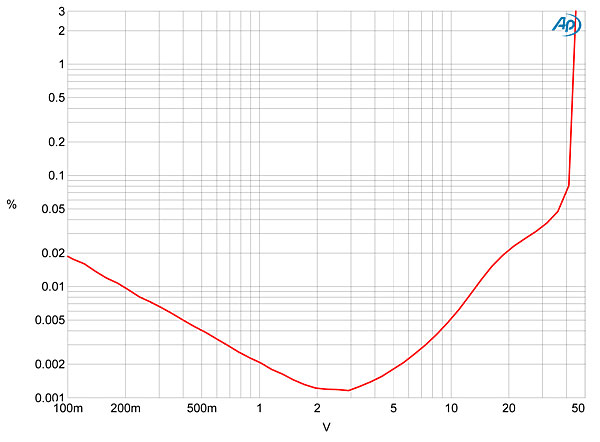
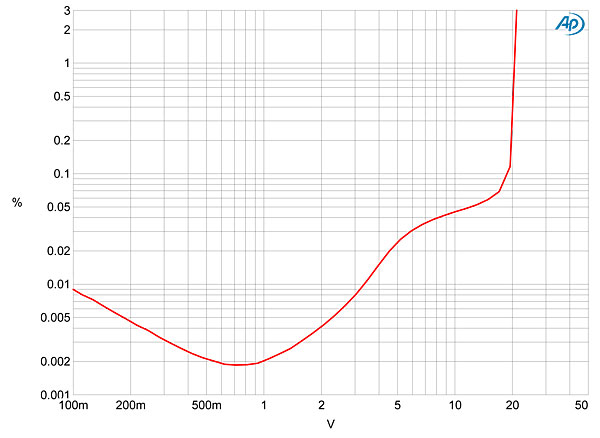
Fig.5 shows how the THD+N percentage changes with frequency at 2V, a level at which I can be sure I'm looking at actual distortion rather than noise. The THD+N rises only slightly with increasing frequency into 100k ohms (blue and red traces). Into 600 ohms (cyan, magenta), the THD+N is somewhat higher and rises more in the top audio octave, but is still very low in absolute terms. The dominant harmonic is the subjectively benign second (fig.6), with some third and a vanishingly small amount of fifth harmonic also visible. Intermodulation distortion (fig.7) is also astonishingly low. The second-order, difference component at 1kHz, resulting from the equal mix of 19 and 20kHz tones, lies at –110dB (0.0003%). Reducing the load impedance to 600 ohms increased this intermodulation product to –96dB (0.0015%), which is still very low.
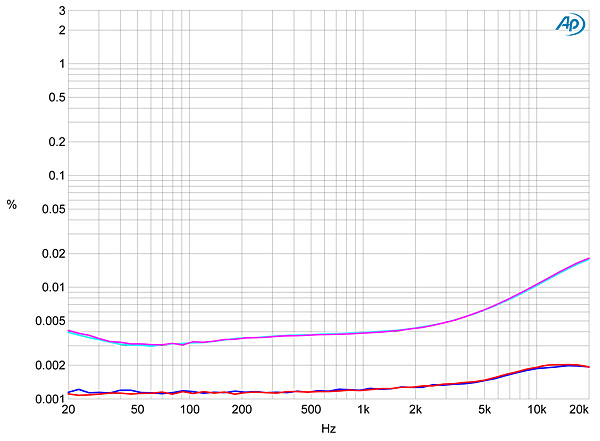
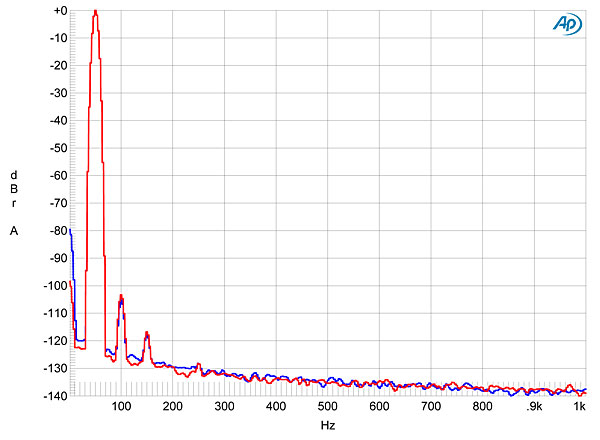
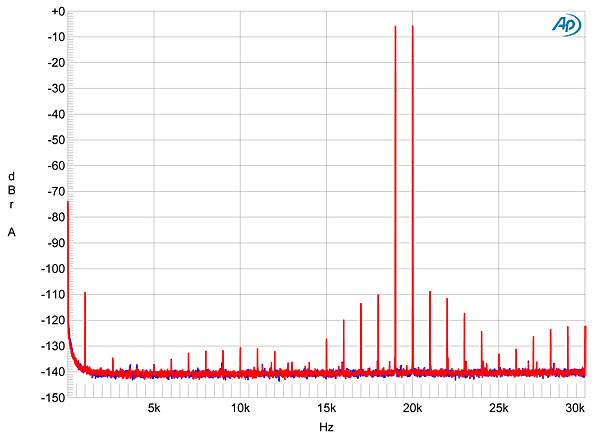
TAD's C600 line preamplifier may be extremely expensive, but its construction and level of audio engineering are beyond reproach. But my back could have done without the cast-aluminum chassis—my test lab is at the foot of a flight of stairs!—John Atkinson